JACQUI RAMRAYKA
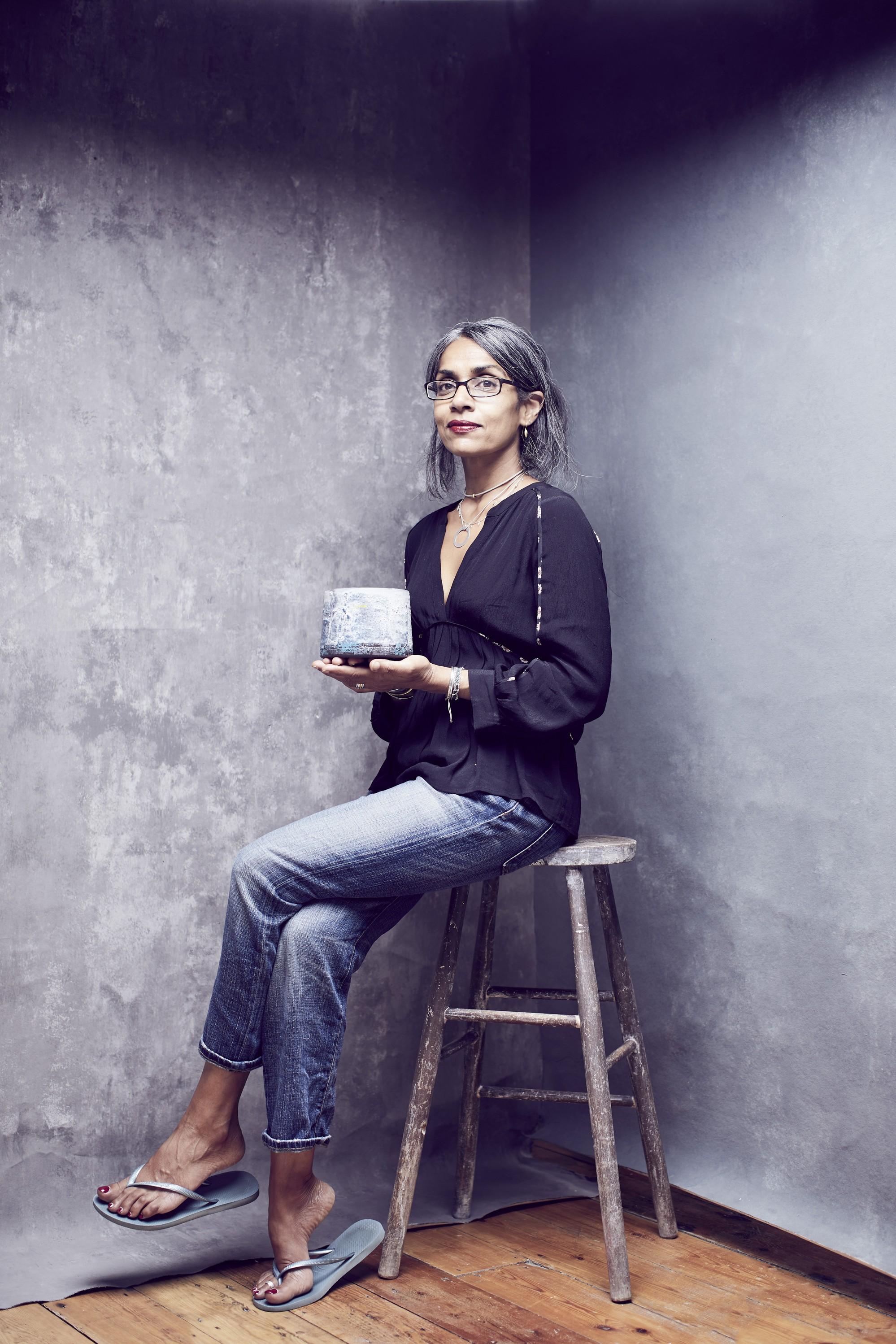
• Portfolio of Practice
Notes on a Journey
After completing her degree at Harrow in 1994, Jacqui co-founded the ceramics studio, Archway Ceramics along with a group of fellow graduates. She combined working there with teaching until family commitments created a natural hiatus.
During this time, she continued to teach, establishing after-school clubs for children and mentoring Duke of Edinburgh award students.
Prompted by the offer of a showcase at Contemporary Ceramics in London, she restarted her practice in 2018.

She has exhibited widely, with recent shows including London Craft Week,‘The Art of the Exceptional’ with QEST, and Ceramic Art London.
Jacqui is a recipient of a QEST scholarship which supported her 2-year MA at the RCA.
Her practice is studio based, where she continues to research and develop work as well as pursuing other creative opportunities.
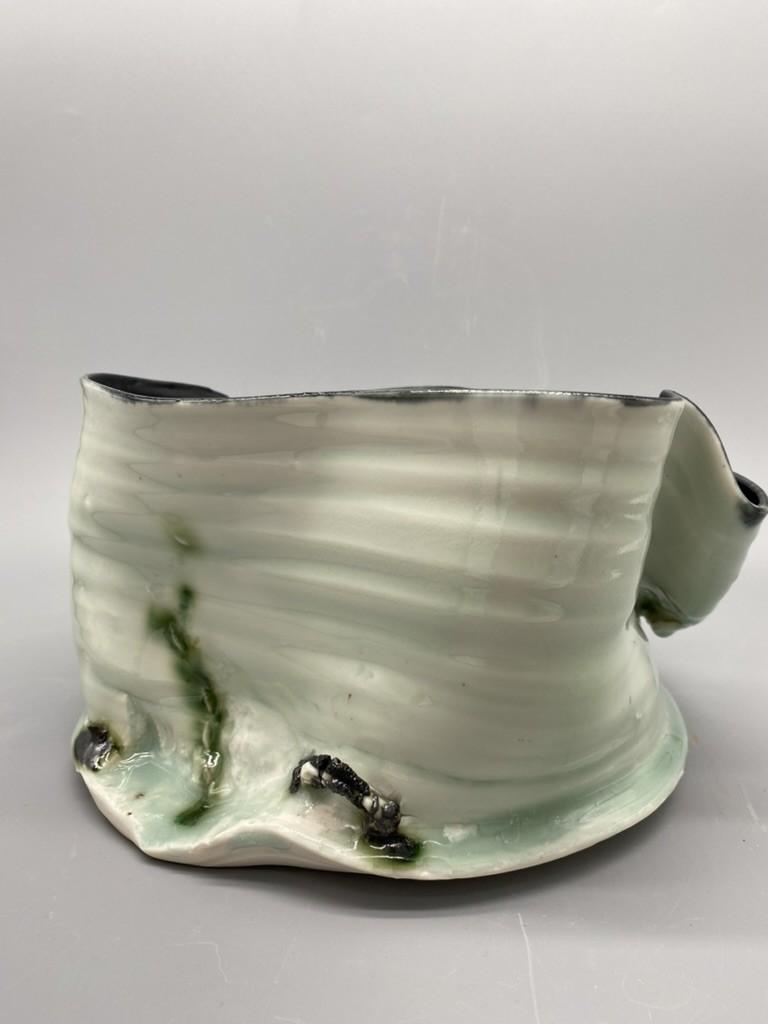

“…touch is the sensory mode that integrates our experience of the world and ourselves. It is ‘the mother’ of the senses.”
Juhani Pallasmaa ‘The Thinking Hand’
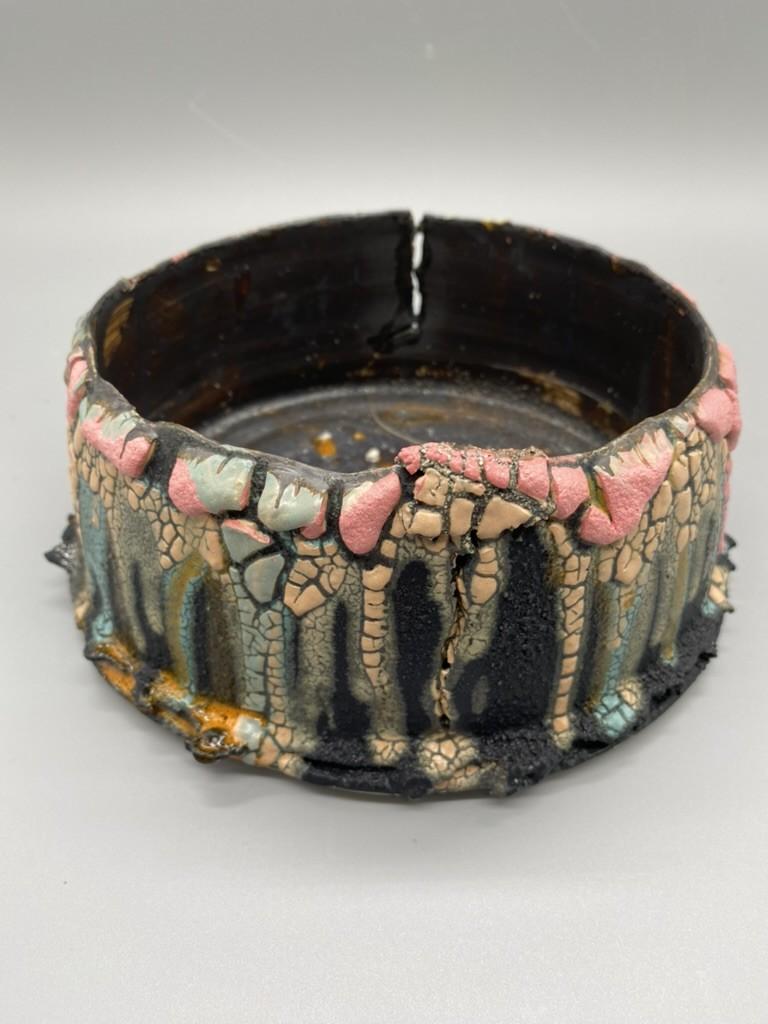
•“As we looked at her straw bag, filled with balls of wool and an unfinished piece of knitting, and at her blotting pad, her scissors, her thimble, emotion rose up and drowned us. Everyone knows the power of things: life is solidified in them, more immediately present than in any one of its instants.”
• Being at the RCA enabled me to pause my trajectory and reflect on my practice, allowing space for new ideas to feed back into my work.

• Currently, my work is around exploring ways to articulate notions emerging from my dissertation and the recent death of my father.
•My reflections have centred around the themes of memory, grief, and exploring Indo-Caribbean diasporic identity, which, particularly since the Windrush era, has morphed into a hybrid, crafted by different cultures.
•Simone de Beauvoir - AVery Easy Death•My approach became increasingly intuitive during my first year, allowing the materials to influence the results.

•I looked at the process as being as important as the outcome and allowed the material exploration to guide the direction of my work.
•The projects were generative processes and a huge catalyst for shoots of ideas which have taken root this year.
•This year has been about gatheringremnants, words, experiences.
•I've been investigating using layers to reflect disintegration and renewal, suggesting a tapestry of memories, showing traces of what was there before.
•My work has become more around loss and trauma and finding a way through that, exploring notions of fragility and exploiting features of porcelain rather than seeing them as a problem; seeing risk as an opportunity to find answers to problems.
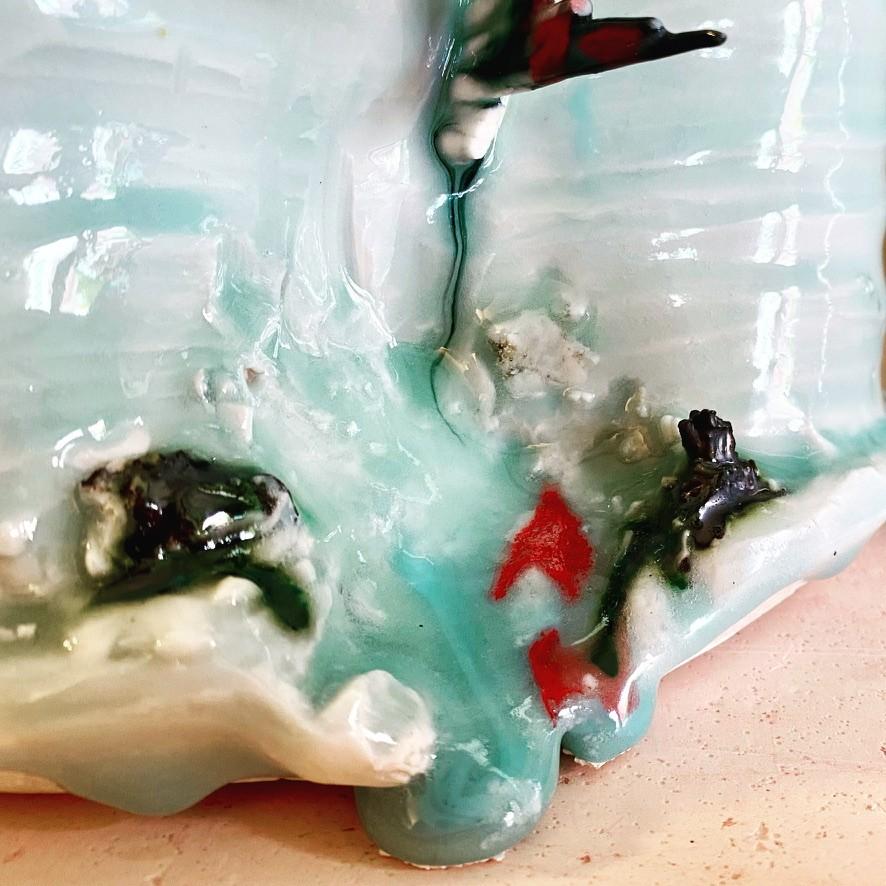
•I was considering how loss and trauma could be represented not literally (i.e., a direct representation of an experience) but visually or metaphorically –what colour, shape, form, material, texture, are they? How does material become emotion?
•On some pieces I was exploring the idea of glaze as a veneer, reframing the idea of ‘surface’, separating the surface from the vessel itself - fragmented and peeling back to reveal what is underneath. Repair and visible mending were incorporated as a restorative narrative, looking at objects becoming an emotional archive,‘comfort’ objects.
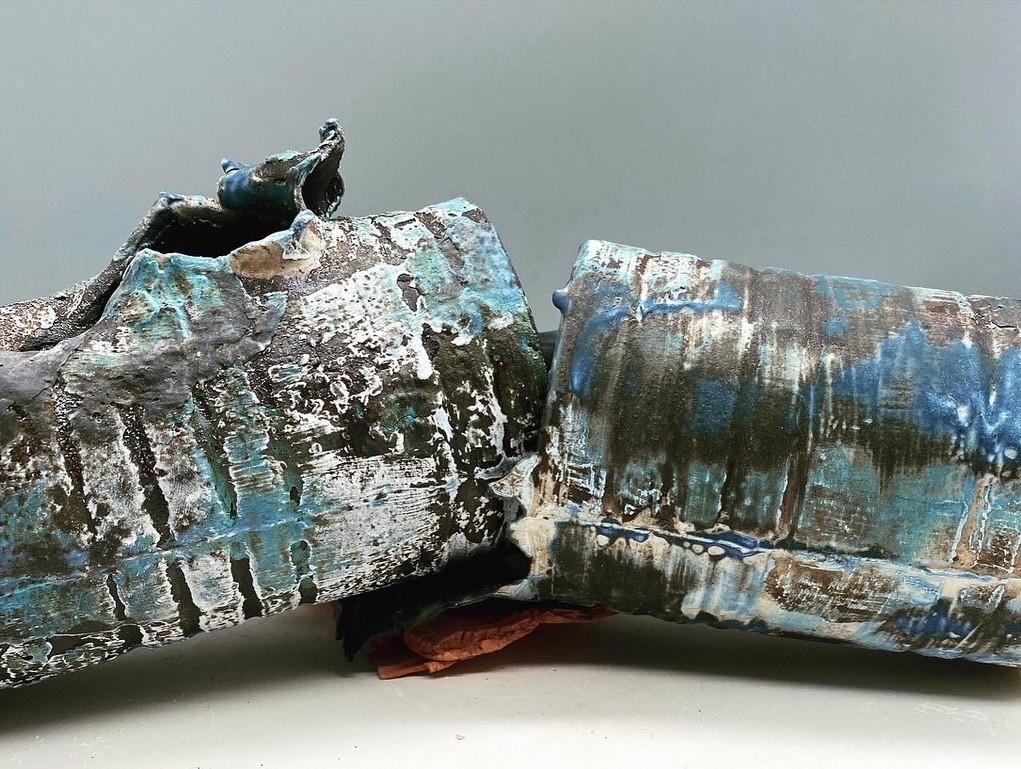
• I wanted the work to evoke a sense of curiosity and visceral response from the viewer.
I'm looking at how objects can embody these concepts and exploring the connections between personal and collective memories; trying to give form to something intangible and using residue and remnants, fractures and erosion, to embody fragments of memories, decay and time.

My goal is to create objects that look like they have been found rather than created and looking at disrupting familiar notions of porcelain, pushing the material to its limits, to the point of collapse, distorting it, yet holding onto something familiar.
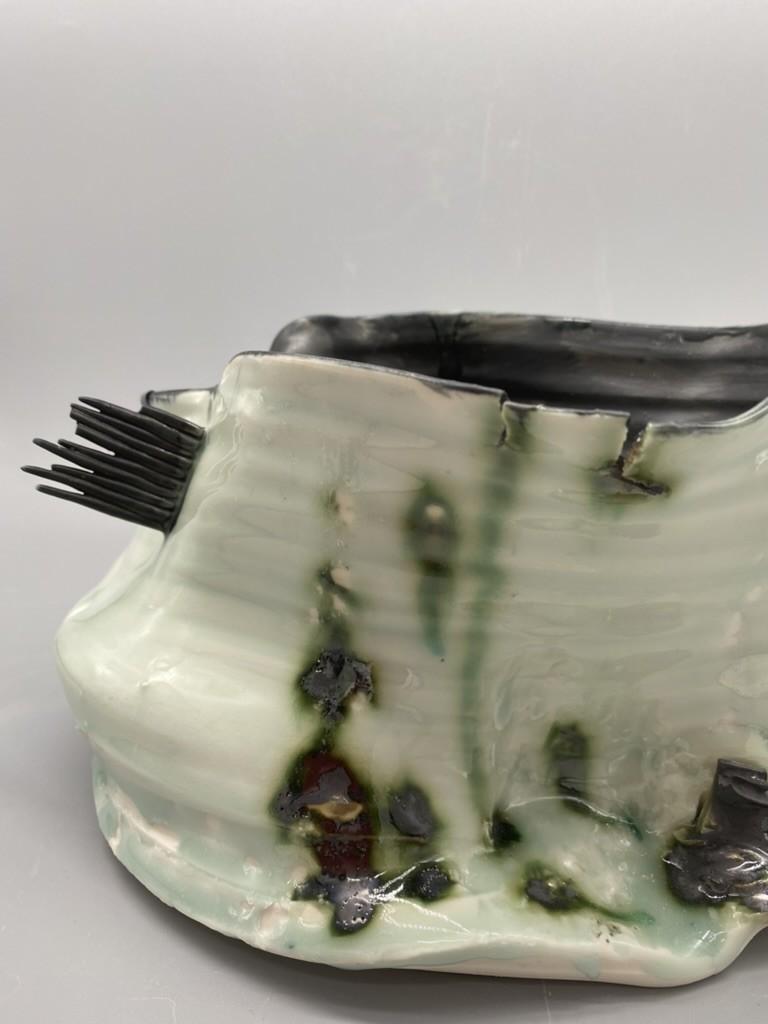
•The distortions, the broken edges and the fractured glazes suggest a narrative.
•What connects the pieces are the qualities of fragility.
•I use clay because that’s my voice, my material.
•As storytellers, if our voices are authentic, our stories will be carried through our medium.
•I think about the vessel as a signifier, a container for meaning and ideas.
•They are powerful, imbued with a history of ritual, both sacred and domestic.
•They are a means of communication, allowing me to explore liminal spaces connecting the internal and external.
•They can be seen as a metaphor for the body/self, separation and entrapment - but also for holding together to prevent things from being lost or forgotten.

For me, clay - particularly porcelain- is the only medium which has the capacity to embody all these themes due to its immediacy and how it responds to touch, recording and remembering every action like a haptic diary.
At the end of 'Lines’, Tim Ingold writes, ”what matters is not the final destination but all the interesting things that occur along the way’’. I have embraced that concept this year and embarked on the path of a wayfarer, gathering and forging knowledge, and allowing my tacit understanding of materials to follow.

•Louise Bourgeois suggested that you pile up associations the way you pile up bricks and that memory itself is a form of architecture.
•So, the work is around building those associations and connections.
•”For me, identity is an ever-evolving culmination of the past, present and desires for the future, but when your people’s history and by extension your own is practically erased, the understanding of one’s identity is inherently limited.This longing to find those missing pieces, is what drives my art.’’
 •Renluka Maharaj (Artist)
•Renluka Maharaj (Artist)
•Huge thanks to all the technicians and tutors in Ceramics & Glass and CHS for their unwavering support and guidance over the last 2 years; and to my family for their constant encouragement and for picking up the considerable slack.
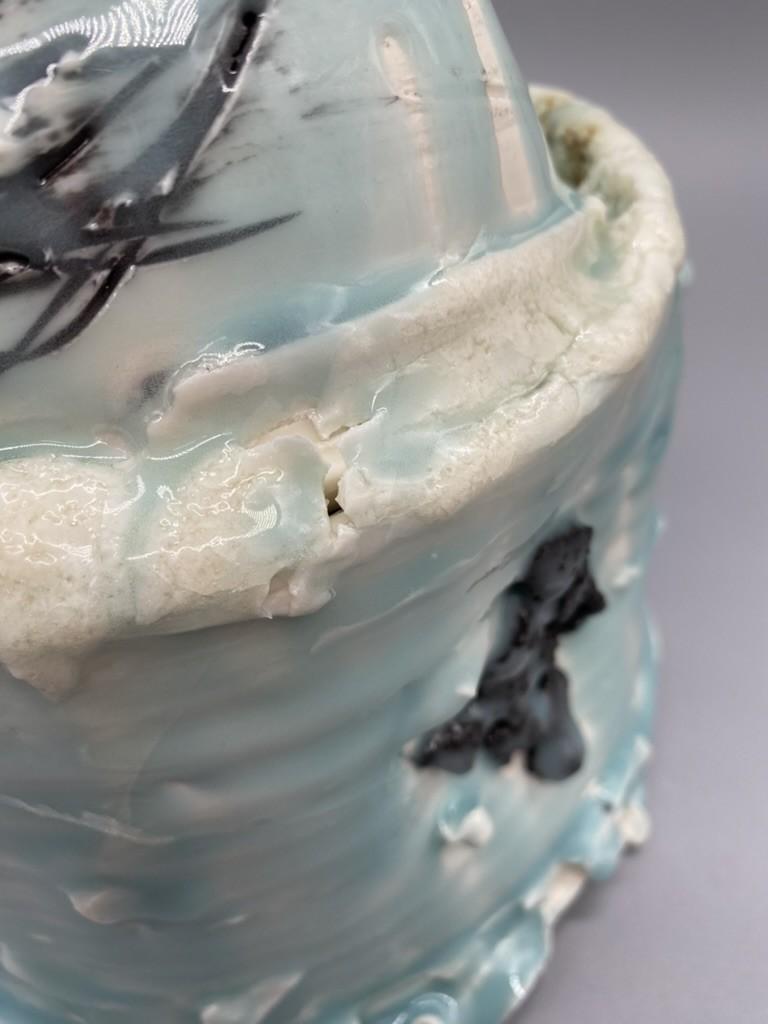

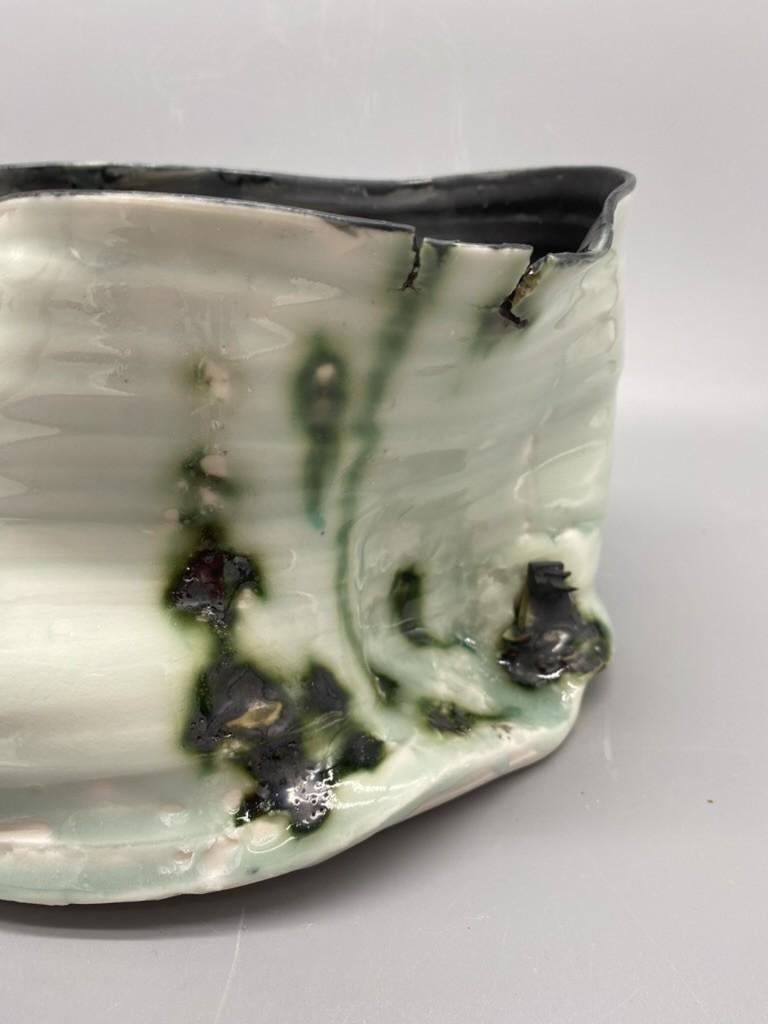
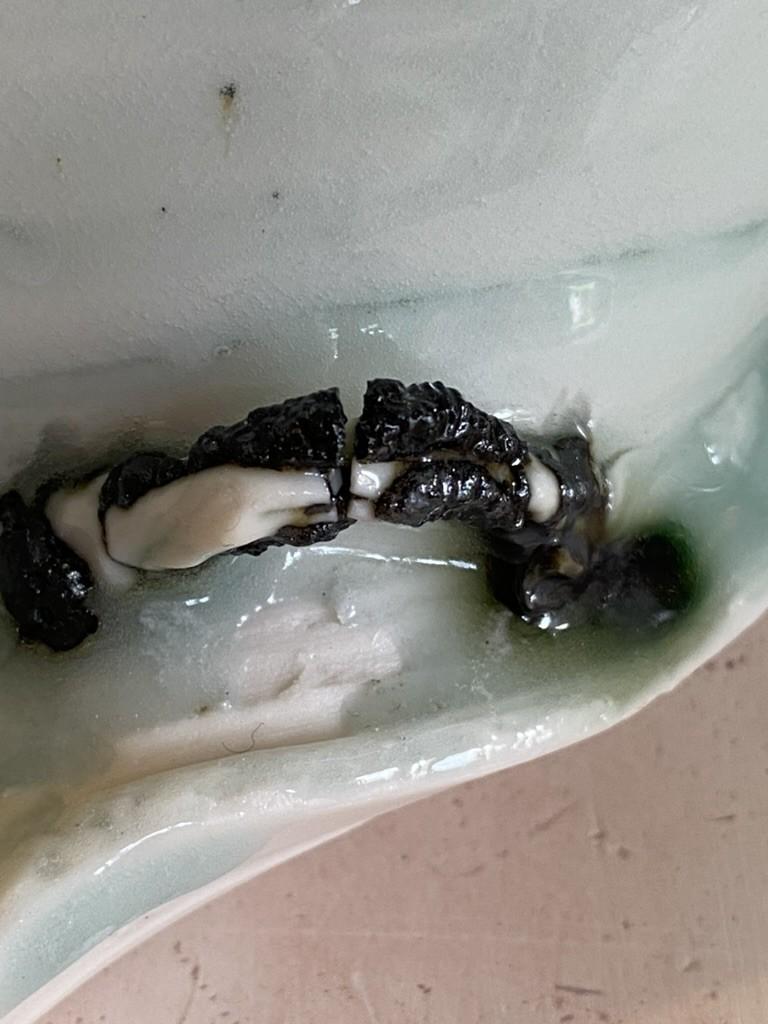
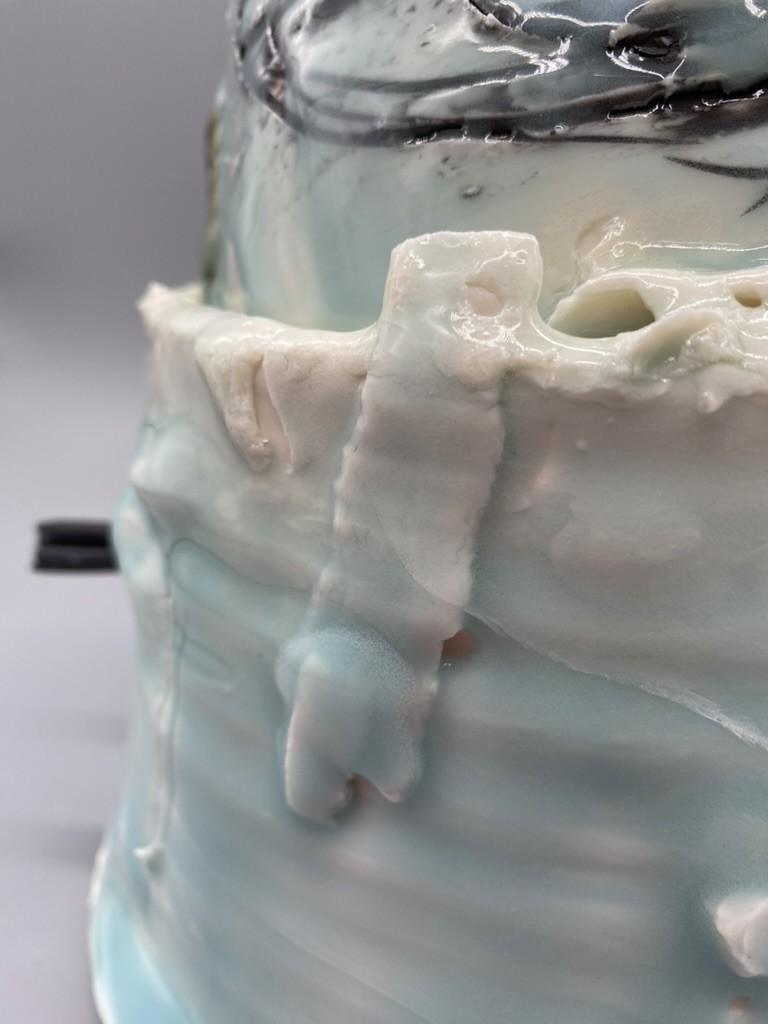
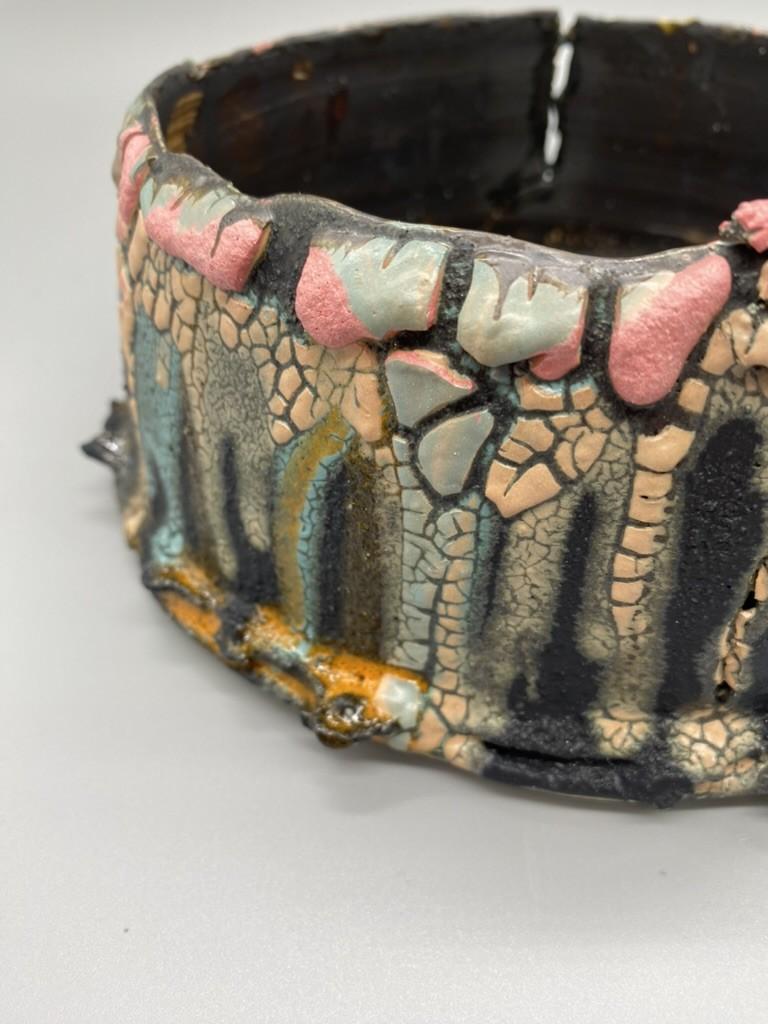
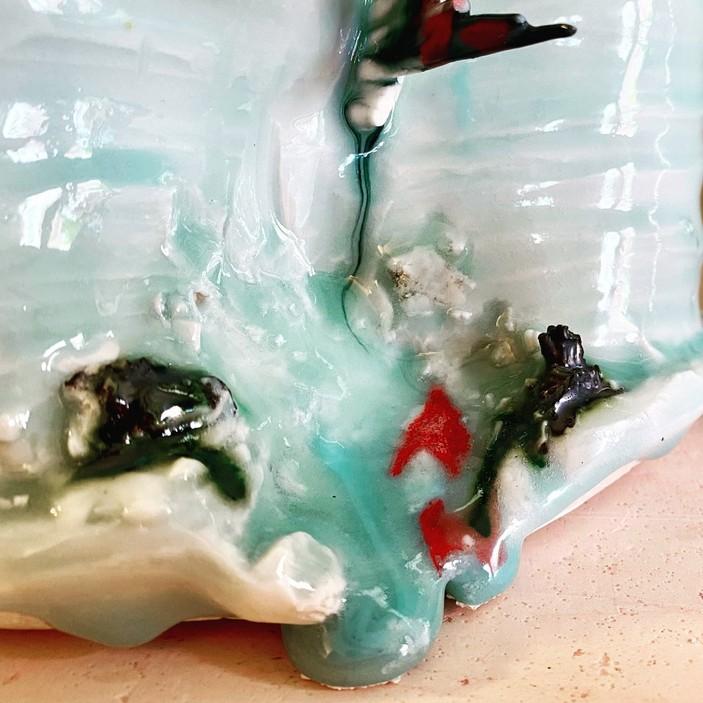

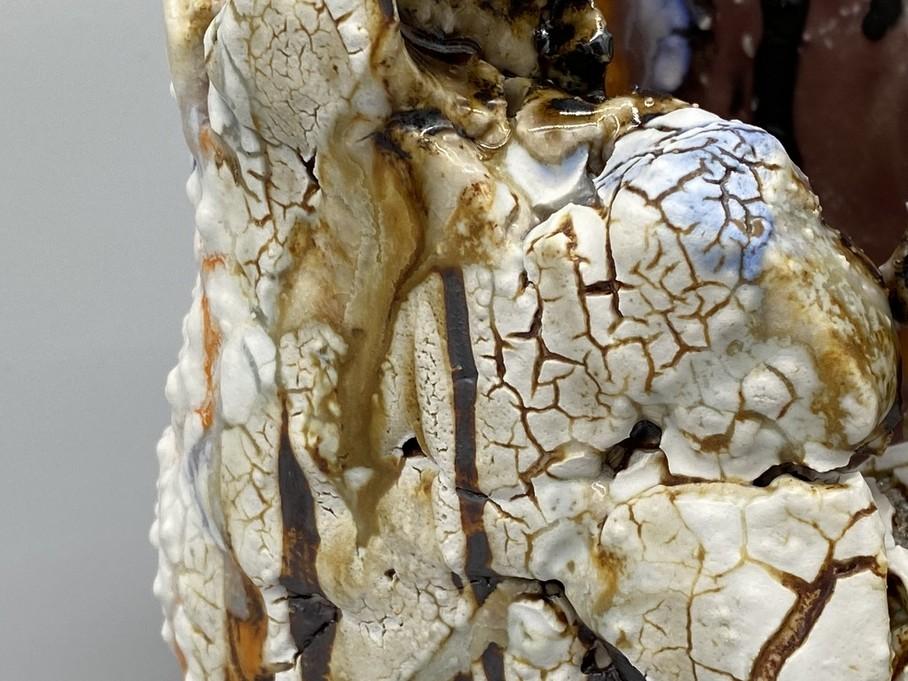
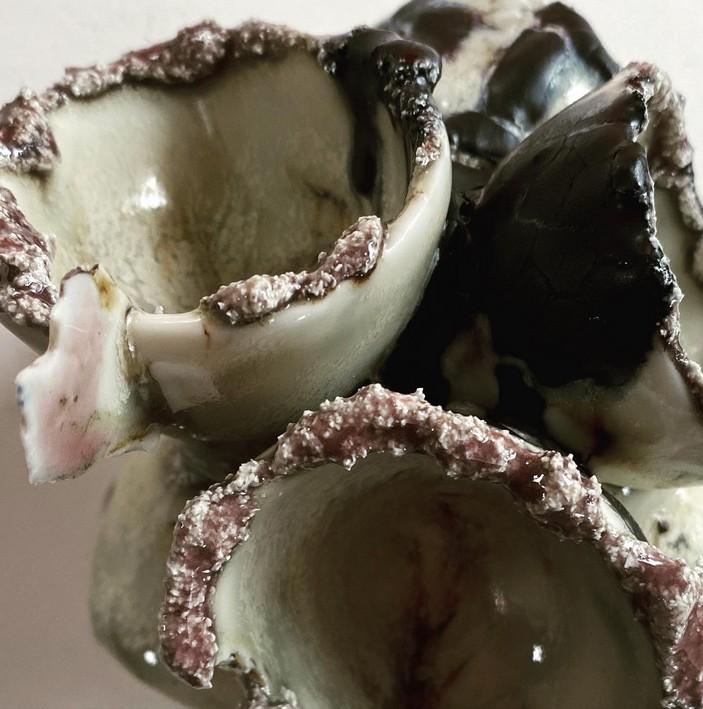
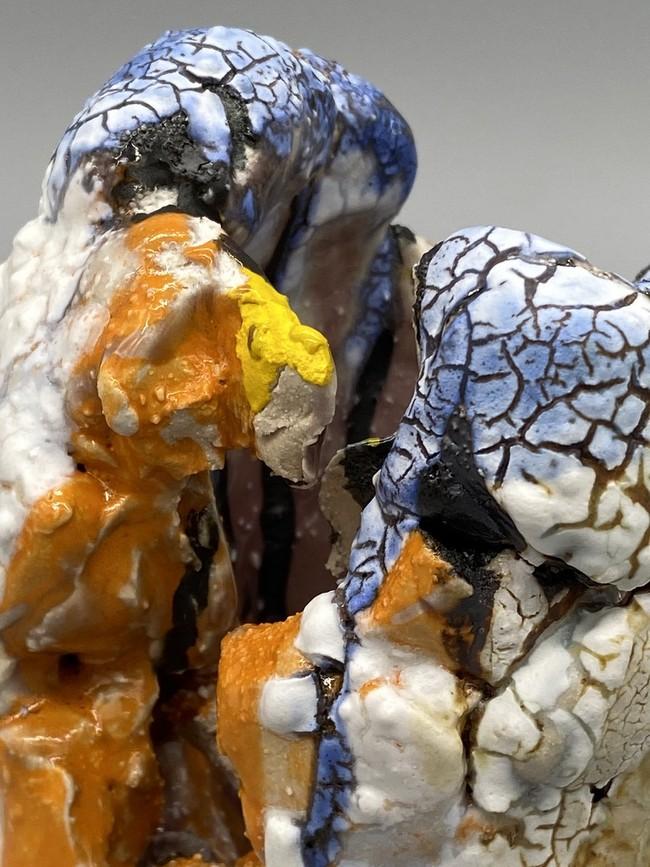
•RCA Ceramics & Glass MA2

•email jacqui.ramrayka@gmail.com
•instagram @jacquiramraykaceramics
•website www.jacquiramrayka.com
•tel 07973 771687

